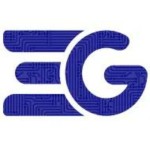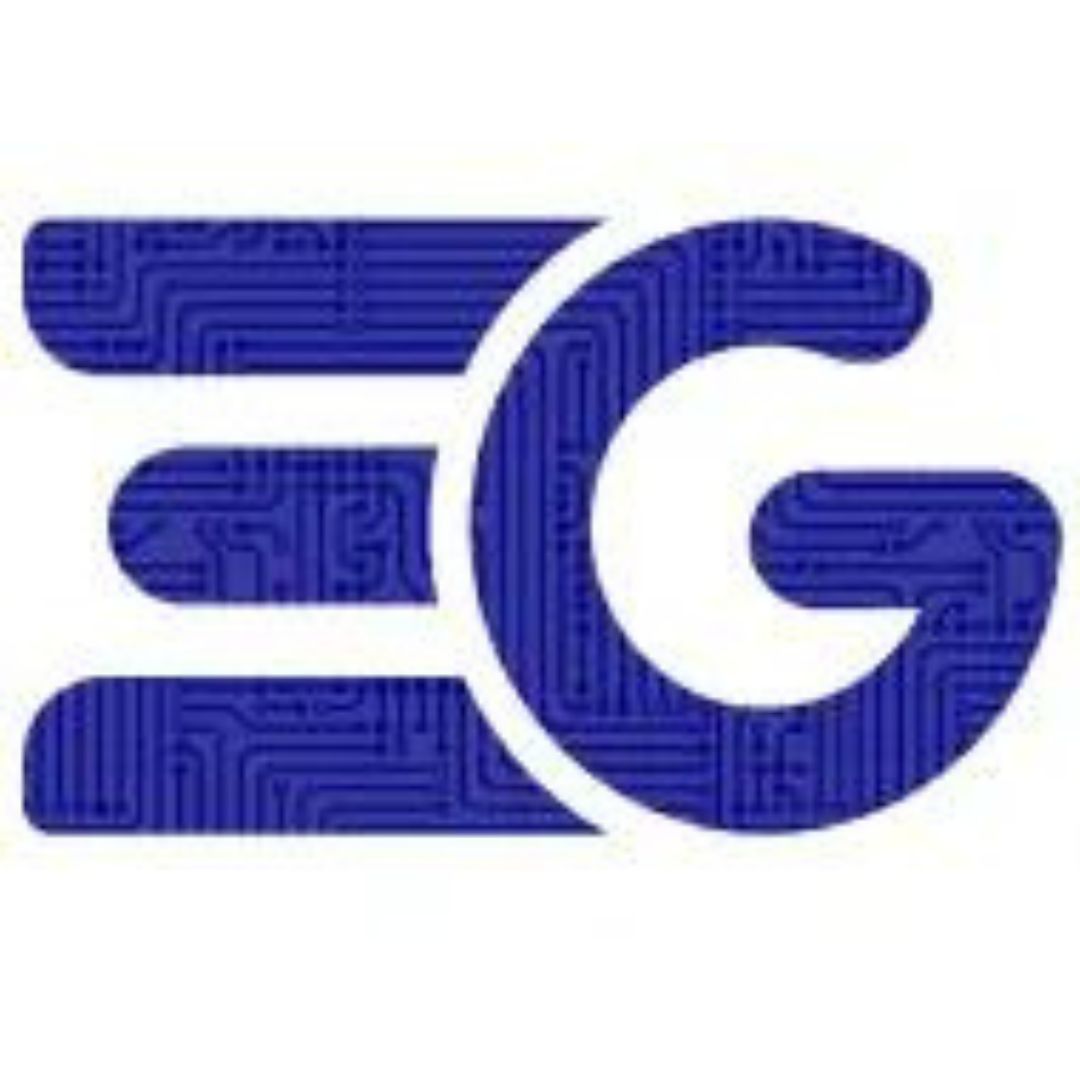The Arduino Nano is a small, yet powerful microcontroller board designed to make electronics projects accessible and enjoyable for hobbyists, students, and professionals alike. Whether you're new to the world of microcontrollers or an experienced maker, the Arduino Nano offers a compact, versatile, and cost-effective solution for a wide range of applications. This blog will delve into the key features and benefits of the Arduino Nano, exploring why it is a popular choice among electronics enthusiasts.
What is Arduino Nano?
The Arduino Nano is a microcontroller board based on the ATmega328P or ATmega168. It is a smaller version of the Arduino Uno, featuring a compact form factor that makes it ideal for projects where space is limited. The Nano comes with 14 digital input/output pins, 8 analog input pins, a USB connection for programming, and a power jack. It can be powered via USB or an external power supply, offering flexibility for various project requirements.
Key Features of Arduino Nano
The Arduino Nano packs numerous features into its small footprint, making it a versatile and powerful tool for a wide range of applications. Here are some of its standout features:
1. Compact Size
One of the most notable features of the Arduino Nano is its small size. Measuring just 18 x 45 mm, the Nano is ideal for projects where space is at a premium. Its compact size allows it to fit into tight spaces, making it perfect for wearable electronics, small robots, and other miniaturized projects.
2. Versatile I/O Options
The Arduino Nano offers a variety of input and output options to accommodate different project needs. It features 14 digital I/O pins, 6 of which can be used as PWM outputs, and 8 analog inputs. This versatility allows the Nano to interface with a wide range of sensors, actuators, and other electronic components.
3. USB Connectivity
The Arduino Nano includes a mini-USB port for easy connection to a computer. This allows for straightforward programming and power supply. The USB connection also facilitates serial communication between the Nano and a computer, making it easy to monitor and debug projects.
4. Built-in LED
The Arduino Nano features a built-in LED connected to digital pin 13. This LED is a handy feature for quickly testing code and troubleshooting hardware without needing additional components. It provides an immediate visual indicator that the board is functioning correctly.
5. Breadboard Compatibility
The Arduino Nano's small size and pin configuration make it compatible with standard breadboards. This compatibility is particularly useful for prototyping, as it allows for quick and easy connections to other components without the need for soldering.
6. Low Power Consumption
The Arduino Nano is designed to operate efficiently with low power consumption. This feature is especially important for battery-powered projects where extending battery life is crucial. The Nano's efficient power usage helps ensure that projects run longer on a single charge.
Benefits of Using Arduino Nano
Choosing the Arduino Nano for your projects offers several significant benefits. Let's explore these advantages in detail:
1. Ease of Use
The Arduino Nano is renowned for its user-friendly nature. The Arduino ecosystem includes a vast library of resources, tutorials, and community support, making it easy for beginners to get started. The Arduino Integrated Development Environment (IDE) is straightforward to use, allowing for seamless programming and uploading of code to the Nano.
2. Cost-Effective
The Arduino Nano is an affordable option compared to other microcontroller boards. Its low cost makes it accessible to a wide range of users, from students and hobbyists to professional developers. The affordability of the Nano allows for experimentation and iteration without a significant financial investment.
3. Flexibility and Versatility
The Arduino Nano's versatile I/O options and compatibility with a wide range of sensors and actuators make it suitable for countless applications. Whether you're building a home automation system, a robotic project, or an interactive art installation, the Nano can handle the task. Its flexibility ensures that it can be adapted to meet the specific needs of various projects.
4. Community Support
One of the most valuable aspects of using the Arduino Nano is the extensive community support available. The Arduino community is active and vibrant, with forums, blogs, and social media groups dedicated to sharing knowledge and assisting with troubleshooting. This community support is invaluable for both beginners and experienced users, providing a wealth of information and inspiration.
5. Rapid Prototyping
The Arduino Nano's breadboard compatibility and easy-to-use IDE make it ideal for rapid prototyping. This capability allows developers to quickly test ideas and iterate on designs without the need for complex setup or specialized equipment. Rapid prototyping with the Nano accelerates the development process and helps bring projects to life more quickly.
6. Educational Value
The Arduino Nano is an excellent educational tool. Its simplicity and versatility make it a perfect platform for teaching electronics and programming concepts. Many educational institutions incorporate the Arduino Nano into their curricula, using it to introduce students to microcontroller programming and hardware interfacing. The hands-on experience gained with the Nano helps build a solid foundation in electronics and coding.
Popular Projects Using Arduino Nano
The versatility of the Arduino Nano is showcased in the wide variety of projects it can be used for. Here are some popular projects that highlight the capabilities of the Nano:
1. Home Automation Systems
The Arduino Nano can be used to create smart home automation systems. These systems can control lights, temperature, security cameras, and other home appliances. With the integration of sensors and actuators, the Nano can automate tasks and enhance the convenience and efficiency of home environments.
2. Wearable Technology
Due to its compact size, the Arduino Nano is perfect for wearable technology projects. From fitness trackers to smart clothing, the Nano can be embedded in wearable devices to monitor physical activity, health metrics, and environmental conditions. The low power consumption of the Nano ensures that wearable devices remain lightweight and energy-efficient.
3. Robotics
The Arduino Nano is commonly used in robotics projects. Its small form factor allows it to be integrated into various robotic platforms, from small wheeled robots to robotic arms. The Nano's versatile I/O options enable it to interface with motors, sensors, and communication modules, providing the necessary control for complex robotic behaviors.
4. Environmental Monitoring
The Arduino Nano can be utilized for environmental monitoring projects. By connecting sensors to measure temperature, humidity, air quality, and other environmental parameters, the Nano can collect and process data in real-time. These projects are valuable for scientific research, environmental education, and personal hobbyist use.
5. Interactive Art Installations
Artists and designers often use the Arduino Nano to create interactive art installations. The Nano's ability to control lights, sounds, and other outputs in response to inputs such as motion or touch makes it an excellent choice for creating dynamic and engaging artworks. The compact size of the Nano allows it to be discreetly integrated into artistic pieces.
Comparison with Other Arduino Boards
To better understand the unique advantages of the Arduino Nano, it's helpful to compare it with other popular Arduino boards.
Arduino Nano vs. Arduino Uno
- Size: The Arduino Nano is significantly smaller than the Arduino Uno, making it more suitable for space-constrained projects.
- Pin Count: Both boards have a similar number of I/O pins, but the Nano has more analog inputs (8 vs. 6).
- USB Port: The Nano uses a mini-USB port, while the Uno uses a standard USB-B port.
- Price: The Nano is generally more affordable than the Uno.
Arduino Nano vs. Arduino Micro
- Size: The Arduino Nano and Arduino Micro are similar in size, with the Micro being slightly larger.
- Processor: The Micro uses the ATmega32u4, which includes a built-in USB controller, while the Nano uses the ATmega328P.
- USB Port: Both boards use a mini-USB port.
- Pin Count: The Micro has more I/O pins (20 vs. 14 on the Nano).
Arduino Nano vs. Arduino Pro Mini
- Size: Both the Nano and Pro Mini are compact, but the Pro Mini is slightly smaller.
- USB Connectivity: The Nano has a built-in USB port, while the Pro Mini requires an external USB-to-serial adapter for programming.
- Voltage Options: The Pro Mini is available in 3.3V and 5V versions, whereas the Nano is typically 5V.
Tips for Getting Started with Arduino Nano
If you're new to the Arduino Nano, here are some tips to help you get started:
1. Gather the Necessary Components
Before you begin, make sure you have all the necessary components, including the Arduino Nano board, a USB cable, a breadboard, jumper wires, and any sensors or actuators required for your project.
2. Install the Arduino IDE
Download and install the Arduino Integrated Development Environment (IDE) from the official Arduino website. The IDE is available for Windows, macOS, and Linux.
3. Familiarize Yourself with the IDE
Take some time to explore the Arduino IDE. Learn how to create new sketches, upload code to the Nano, and use the built-in libraries.
4. Start with Simple Projects
Begin with simple projects to get a feel for the Arduino Nano. Basic LED blinking, button presses, and sensor readings are excellent starting points.
5. Leverage Online Resources
Take advantage of the wealth of online resources available for Arduino Nano projects. Websites, forums, and YouTube tutorials offer valuable insights and step-by-step guides.
6. Experiment and Iterate
Don't be afraid to experiment with different components and code. The best way to learn is by doing, so try out various projects and iterate on your designs.
Conclusion
The Arduino Nano is a powerful, compact, and versatile microcontroller board that offers numerous features and benefits for electronics enthusiasts. Its small size, versatile I/O options, and affordability make it an excellent choice for a wide range of projects. Whether you're a beginner looking to learn the basics of microcontrollers or an experienced maker seeking a compact solution for complex projects, the Arduino Nano has something to offer.
By choosing the Arduino Nano, you'll join a vibrant community of makers and gain access to a vast array of resources and support. The Nano's ease of use, flexibility, and educational value make it a valuable tool for anyone interested in exploring the world of electronics and programming. So, why wait? Dive into the exciting world of Arduino Nano and start creating your next innovative project today.






Comments